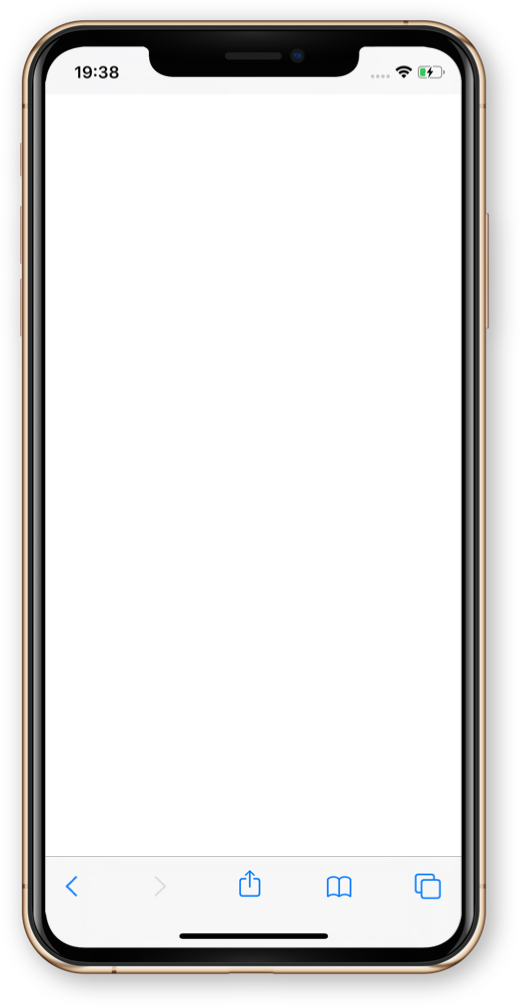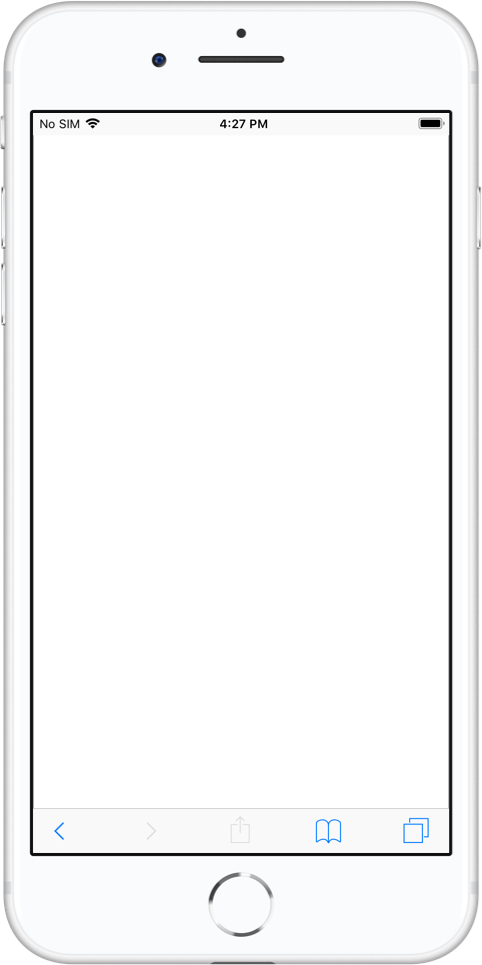Frequently Asked Questions
Why is responsive testing critical for your website?
Responsive design enables a website to scale its content and related page components automatically across different devices like mobiles, tablets, and desktops. This enhances the user experience, no matter what device they are using. This results in better conversions and eventually builds positive perceptions of the website and its brand. Hence, ensuring the website design is responsive and conducting responsive design tests is critical.
What is a Responsive Checker Tool?
A Responsive Checker Tool basically helps the user test responsive web design. It allows the user to verify if a website is being displayed properly across a wide range of devices, both desktop and mobile. Responsive Checker Tools are essential to ensuring that a website provides the optimal user experience across as many devices as possible. This means taking into account a large variety of screen sizes, device configurations and other factors that have become a major concern due to device fragmentation. Ideally, every website must be verified with a responsive tester tool.
How to view a website on different devices using BrowserStack’s Responsive Tool?
BrowserStack’s Responsive Tool allows a user to instantly test a website for responsiveness across various devices just by entering the website’s URL in the designated space. A user can perform mobile responsive tests across multiple devices like iPhone 6, Nexus 4 and many more. This responsive design checker is not limited to just mobile devices. Users can also perform tests on multiple desktops and tablets.
How do I run a responsive test online using BrowserStack?
- Enter the URL of the website that is being tested.
- Click Check and you will be taken to the Sign Up page. You also have the option to sign in.
- Once you sign in, you can enter the website URL and click Check to test responsiveness.
- When a particular device is selected, the user will get a view of what the site looks like on it.
What indicates that a responsive test is successful?
Once a website renders as desired across all the devices and the user is satisfied with the website's performance, then it can be declared as a successful responsive test.To know more about how responsive tests work and what makes them successful, read the Responsive web design tutorial.
What are the best devices to test my website?
The best devices to test a particular website depends on its geographical market and its targeted customer base. Some of the most popular devices to test on include iPhone 8, Samsung Galaxy S8, Google Pixel and Nexus 7. These are available in BrowserStack Live. However, this may not always be the case because of the factors mentioned above.To gain a detailed understanding of which mobile devices tor test on, read our Test on Right Mobile Devices analysis.Please note that the devices listed above are available for testing on our free trial. Sign up and get started with interactive cross-browser testing.
How do I test my website on mobile?
There are multiple ways to test a website on mobile:
- Using an emulator to replicate the target device’s hardware and software on the tester’s desktop. However, emulators are held back by multiple limitations, which prevents any tests run on them from offering conclusive results.
- Testing websites on real mobile devices that have mobile browsers and operating systems installed on them. This can be achieved through an on-premise device lab (one constantly updated with the newest devices) or a testing platform providing cloud-based access to real mobile devices.
- Use BrowserStack’s Free Responsive Checker to instantly check how a website renders across popular devices like iPhone X, Galaxy S9 Plus, and more.
When should you test a website on mobile devices online?
It is best to test a website on mobile devices from the early stages of web development. As of April 2021, 56.16 percent of all web traffic came through mobile phones. Therefore, websites must be optimized for the multiple mobile devices used by the target audience. Therefore, websites should be tested as soon as possible on mobile devices online. As soon as they are in a basic shape to be run on browsers, they should be tested to verify their behavior in real user conditions. As more features are created and added, keep testing them on real devices to get clarity on how they will work for end-users. An easy way to test a website on mobile devices online is to use BrowserStack’s free Responsive Checker. Simply enter the URL of the website to be tested, and instantly see how it renders on multiple latest devices such as iPhone X, Galaxy Note 10, iPhone 8 Plus, Galaxy S9 Plus, and more. It is also possible to test websites in development and staging environments. Sign Up for BrowserStack Live, choose from one of the 3000+ devices and browsers available on our real device cloud, opt for the Local Testing feature, and test websites still in development.






































